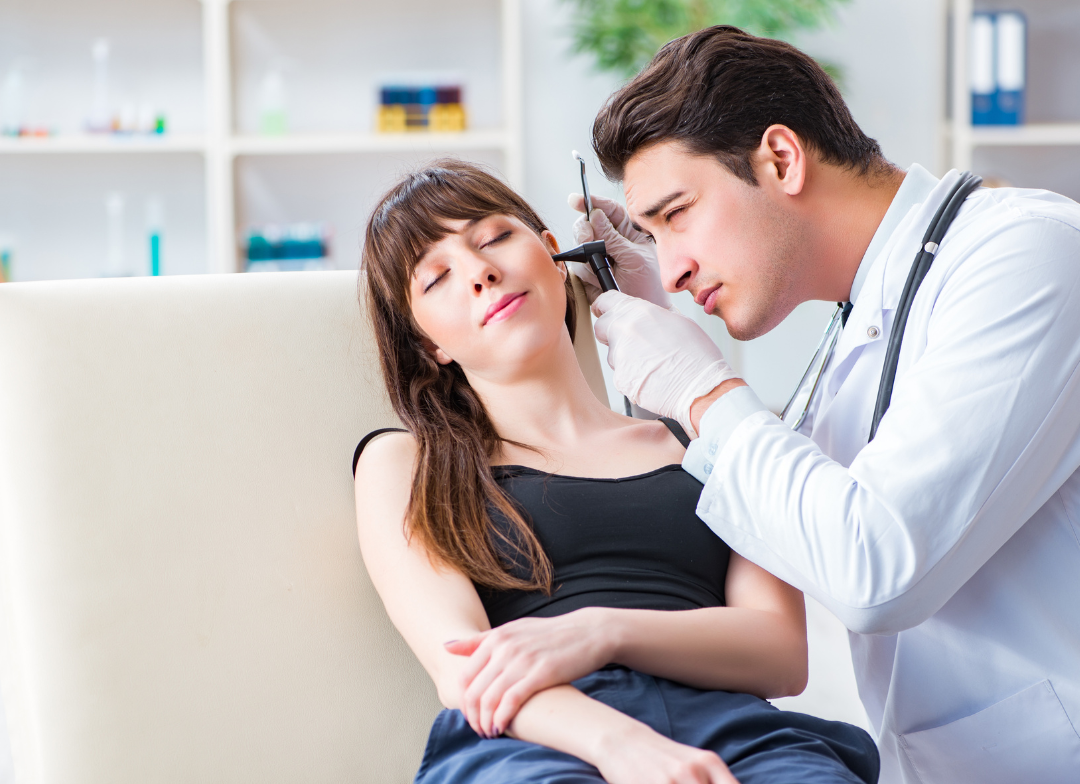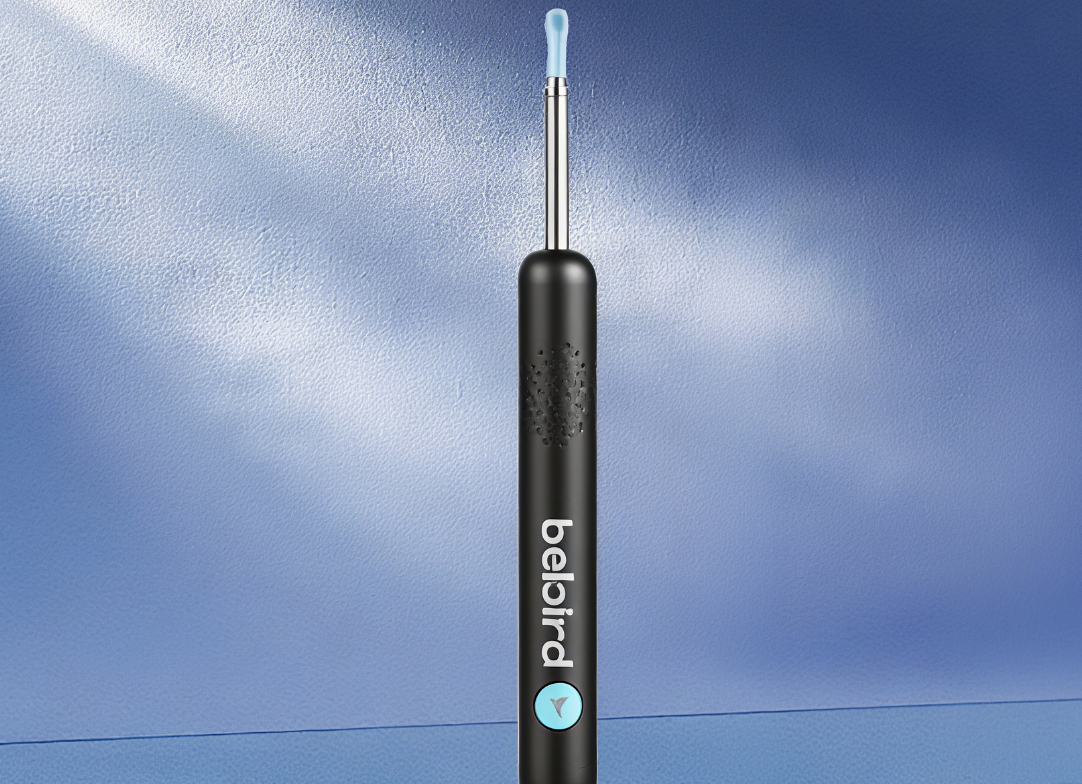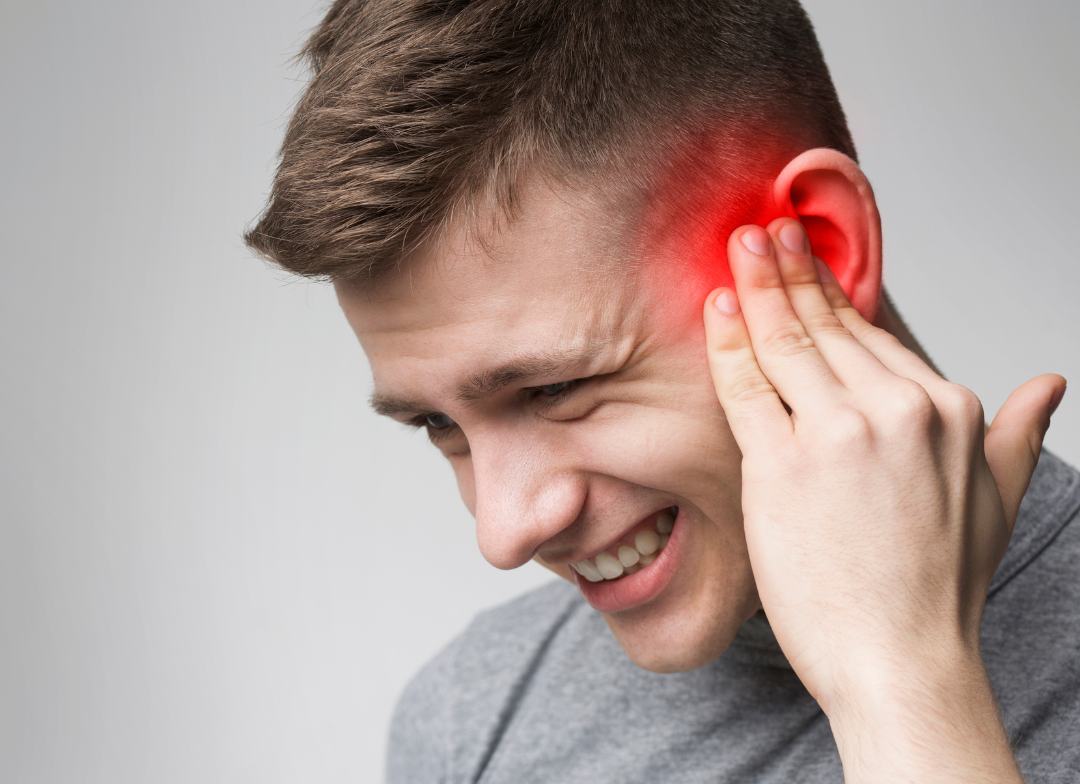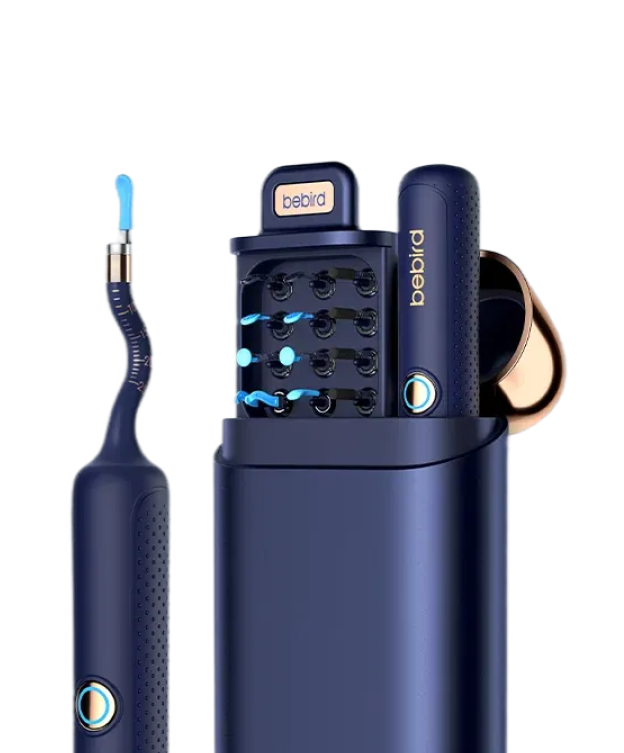Earwax is built up naturally but if it is excessive then it will be a cause of trouble by causing various ear problems like hearing loss, ear pain, and ear infection. It is an issue that the majority fight in the house using backings, cotton swabs, and various home remedies. Unlike most of us, doctors have special equipment that is not just safer but also more effective.
In this article, we will explain the earwax removal tools doctors and specialists use, the reasons behind their selections compared to household items, their variations like Bebird, and the right time to get medical help.
What Tools Do Doctors Use to Remove Earwax?
As with every medical issue, doctors have specific tools and methods for earwax removal. They are equipped with special devices that are meant to get to the wax without injuring the ear canal or eardrum. Professional earwax removal tool options include:
Curette
This is a small, curved instrument that doctors use to scoop out earwax manually. It's designed so it can match the ear’s shape, which means wax can be extracted without going deep into the ear.
Ear Irrigation System
This technique uses a specific device to wash the ear with warm water. It both loosens and washes out hardened wax. It is often used when the wax is soft or has started to break down.
Microsuction Device
Doctors suck out your ear wax with a specialized ear suction tool that acts similar to a mini vacuum cleaner. They examine the ear with a microscope or some kind of magnifying light, and then simply suck out the wax.
Ear Camera (Otoscope)
To look into the ear, doctors first check the canal with an otoscope to view it in detail. Some clinics have specialized high-resolution ear cameras that they use to perform real-time wax removal.
These tools assist doctors in working accurately without damaging the delicate parts of the ear.

Why Do Doctors Choose These Tools Over Common Household Items?
You may have wondered why doctors don’t use cotton swabs or other items people use at home. It’s because of safety and a matter of effectiveness.
Here’s why doctors avoid household items:
Cotton swabs push wax deeper
Instead of extracting the wax, they often push it further into the canal. This makes the problem worse.
Risk of damage
The hairpins, matchsticks, and other strange instruments some people utilise can cause cuts, infections, or even perforated eardrums.
Professional tools are designed for the job.
Medical earwax removal tool sets are made to securely fit in the ear canal with adequate light or a camera to reduce mistakes.
Better results
These tools remove more wax with less effort and reduce the chance of pain or complications.
This is the reason doctors do not perform unsafe DIY methods, opting for specially designed tools instead.
Can At-Home Earwax Removal Tools Be as Effective as Doctor Tools?
As long as the problem is not too severe, home earwax removal tools can be as effective as those used by professionals. If you feel slight fullness in your ear, like you have reduced hearing after a shower. Instead of heading to the clinic, you can go with a smart tool meant for cleaning ears.
For example, the Bebird visual ear cleaning product
Smart home devices are now being integrated into hygiene routines, for example, the Bebird wireless ear cleaner with a camera. It has an HD camera, soft cleaning tips, and even a mobile application that allows visualization of the inside of the user’s ear.
What makes the Bebird ear wax cleaner tool a great choice?
Live video view: Seeing where the wax is embedded ensures you do not risk blindly prodding around and hurting your ear.
Soft and safe: Flexible and gently designed tips help even the most nervous first-timers.
Easy to use: It’s intuitive, and the app provides straightforward instructions on how to use it.
What Is the Safest Way to Remove Earwax at Home?
If you're cleaning your ears, do it safely. So, avoiding sharp objects or cotton swabs would be best since it would aggravate the condition by injuring the ear or pushing the earwax inside. However, you can use some over-the-counter ear drops to help loosen the wax.
It can also be irrigated from the ear using warm water from a bulb syringe. In most instances, earwax should emerge on its own, and if it is not causing any problems, it is best not to intervene.
One of the recommended methods is to use the Bebird series products.
If you'd like to safely and smartly remove earwax yourself, the Bebird series has the right products for you. This is why many people prefer the Bebird Earwax Removal Kit:
Smart visual guidance
Every device comes with an HD camera that connects to your smartphone so you can view the process in real time, and ensures you will not miss any spots while cleaning your ear.
Comfortable and safe tips
These tools come with soft silicone tips that are gentle on the ear canal.
Wireless and rechargeable: The vast majority of Bebird models are wireless, featuring durable, rechargeable batteries.
User-friendly mobile app: The Bebird app comes with live viewing and guided cleansing sessions, enabling one to cleanse with assurance.
Trusted product range: Popular models include Bebird EarSight Plus, Bebird EarSight Complete, Bebird EarSight Cleaner, as well as many others that suit different needs and budgets.
Perfect for Regular Care: These are perfect for gentle cleaning and routine maintenance without the need for cotton swabs or other unsafe tools.
With the Bebird ear camera wax removal series, the user gets a modern, clear, and comfortable ear-cleaning experience in the comfort of their home.
When Should You Still See a Doctor Instead of DIY?
Earwax removal tools for home use can prove useful, but certain situations need the attention of a medical professional. It is best to see a doctor if your ears are still blocked for several days or if there is no improvement in hearing. Pain, ringing, and dizziness might be a sign of an infection, and for people with prior surgery, they should never clean their ears at home. If a home tool doesn’t work, a physician can use proper tools to extract the wax.

Summary
Earwax removal must be performed with great care. Doctors use special instruments such as curettes, irrigation, and suction machines, which may clean the ear safely and effectively. At home, gentle treatments, including ear drops and warm water washes, as well as effective tools like those in the Bebird series products, can remove moderate build-ups. If you feel pain, hearing loss, or signs of an infection, you should see a doctor right away.
Related Reading:
How to Stop Ear Bleeding After Cleaning?
A Guide to Gauge Sizes for Ears: What You Need to Knowear cleaner












Leave a comment
All comments are moderated before being published.
This site is protected by hCaptcha and the hCaptcha Privacy Policy and Terms of Service apply.